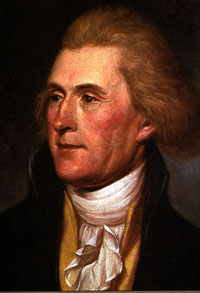The Birth of American Political Factions
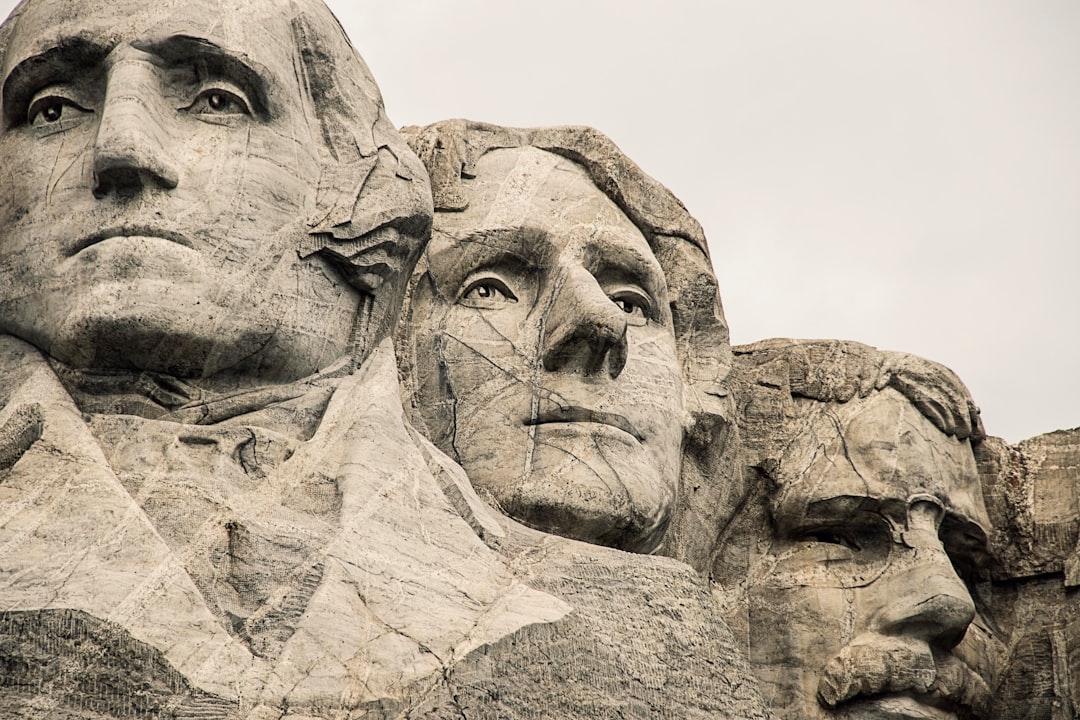
The story of American political parties begins with a paradox that would have surprised the founding fathers. Political factions or parties began to form during the struggle over ratification of the federal Constitution of 1787. Friction between them increased as attention shifted from the creation of a new federal government to the question of how powerful that federal government would be. Political parties are not mentioned in the Constitution.
The founding fathers actually warned against the dangers of factions, yet they couldn’t prevent what became inevitable. Beginning in about 1796, two political parties emerged to dominate American politics and many Americans aligned with one or the other. Some founding fathers feared this possibility and warned of the danger of factions. However, differences in values and how the United States government and economy should be run led to internal division and the eventual separation into the first two major parties. These two parties were the Federalists and Democratic Republicans.
The Federalist Party: America’s First Political Organization
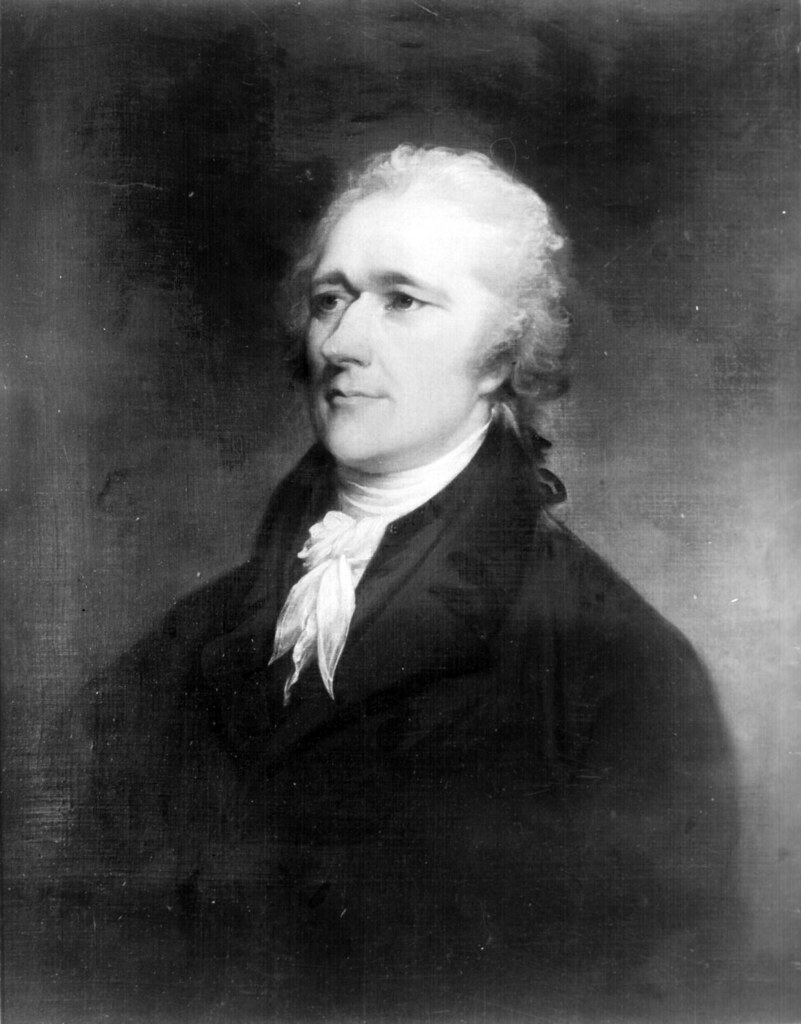
Widely considered to be the first American political party, the Federalist Party was founded by Alexander Hamilton and gave rise to the first president to be elected under partisan conditions, John Adams. The Federalist Party supported Hamilton’s vision of a strong centralized government and agreed with his proposals for a national bank and heavy government subsidies. Federalists wanted a strong central government and they had a loose interpretation of the Constitution, meaning if something was not expressly forbidden by the Constitution, it could be done. Alexander Hamilton was the leader of the Federalist Party. It was made up mostly of merchants, bankers, manufacturers, wealthy farmers, and plantation owners.
The Federalists’ policies shaped early America in profound ways. The Federalists promoted the financial system of Treasury Secretary Hamilton, which emphasized federal assumption of state debts, a tariff to pay off those debts, a national bank to facilitate financing, and encouragement of banking and manufacturing. Largely influenced by the ideas of Alexander Hamilton, the Federalists succeeded in convincing the Washington administration to assume national and state debts, pass tax laws, and create a central bank. These moves undoubtedly saved the fledgling democracy from poverty and even destruction.
The Democratic-Republican Opposition
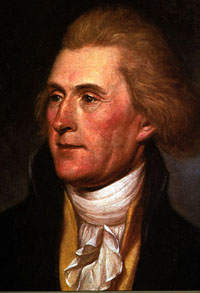
The rival Jeffersonian Democratic-Republican Party, formed by Thomas Jefferson and James Madison, usually called at the time the Republican Party (which is distinct from the modern Republican Party). Members of this party favored a strict interpretation of the Constitution and believed that a strong national government was a threat to individual freedoms and state sovereignty. The party was a strong advocate of agrarian policies and also differed from the Federalists in that its members favored stronger relations with France than Britain, mainly because Democratic-Republicans revered personal civil liberties, better embodied by the French’s anti-monarchist views.
The Democratic-Republicans revolutionized American politics by introducing grassroots campaigning techniques. Beginning with the Democratic-Republicans impacted the political process by introducing new techniques to rally voters and help sway public opinion. For example, they focused their efforts on local and county-level grassroots movements to rally voters. They encouraged average citizens to take part in their political movement and helped broaden the appeal of Jeffersonian Democracy by promoting the notion that the party best represented the common man.
The First Party System’s Collapse and Transformation
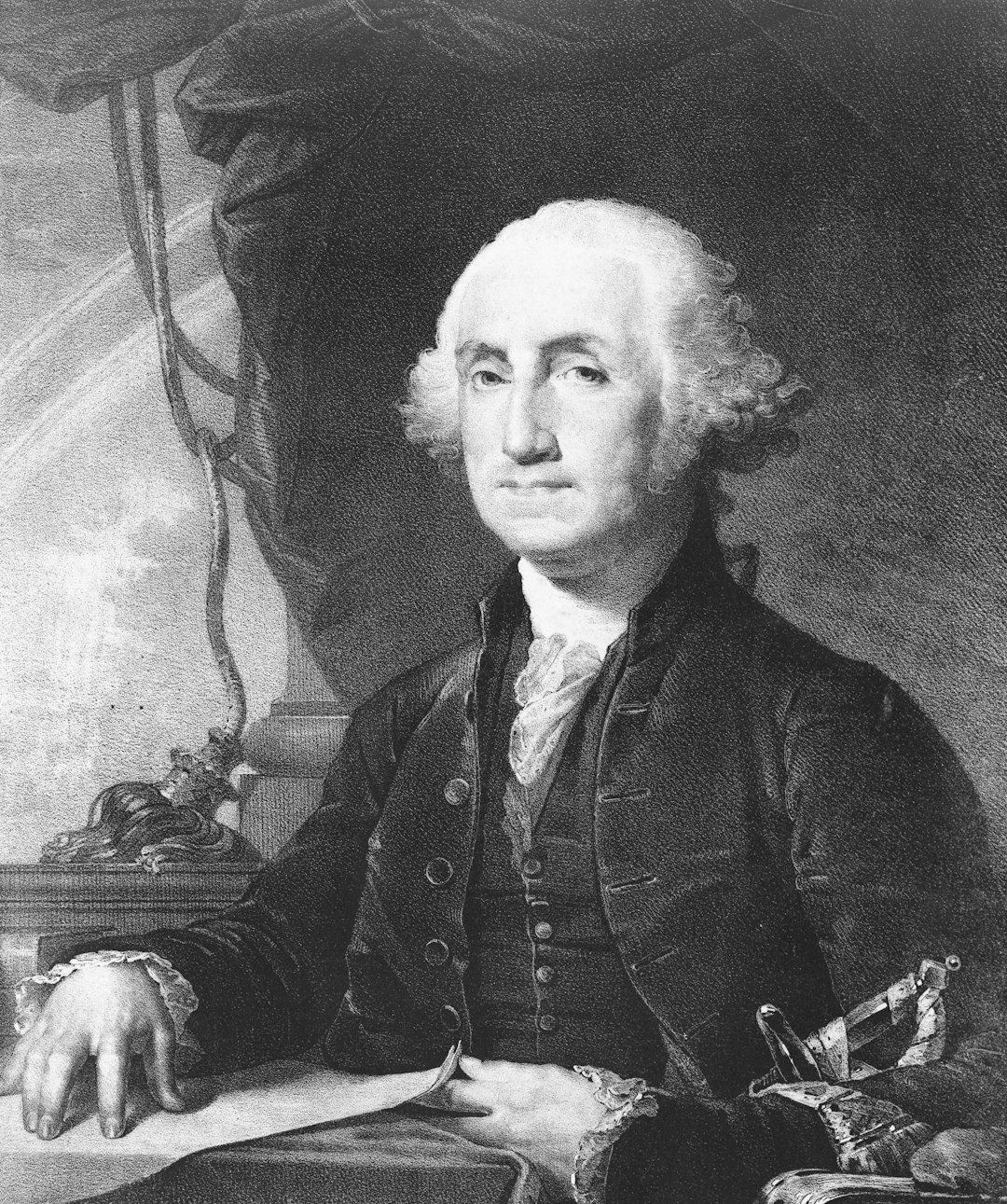
The Federalists were dominant until 1800, while the Republicans were dominant after 1800. Both parties originated in national politics, but soon expanded their efforts to gain supporters and voters in every state. This Republican party, which would hold power until 1825, is the direct ancestor of today’s Democratic Party. The Federalist Party’s decline was accelerated by controversial legislation and political missteps.
The Federalists’ suppression of free speech under the Alien and Sedition Acts, and the assumption of closer relations with Britain instead of France, inflamed Jeffersonian Republicans. In 1801 Jefferson, with Vice President Aaron Burr at his side, assumed the presidency. The Federalists feared and hated Jefferson, but partly due to infighting, they were never able to organize successful opposition. But Hamilton was doomed, and so was his party. The Federalists would never again rise to power.
The Era of Democratic Dominance and the Rise of the Whigs
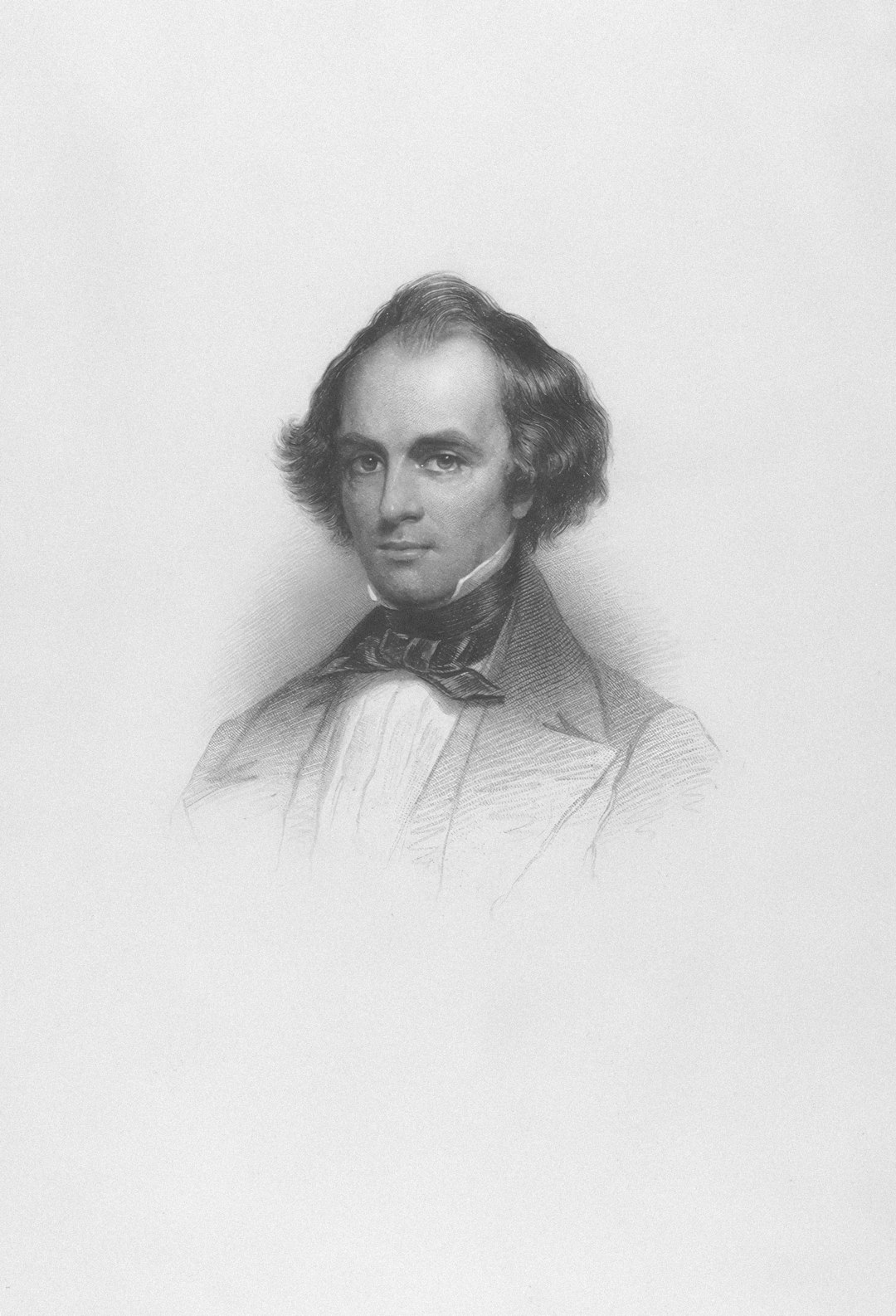
Beginning in the 1820s, Democratic Republicans in Congress divided over questions about the powers of the federal government, which set the stage for two new political parties. Republicans who favored a national bank as well as federal funding of internal improvements—roads, canals, and bridges—became known as National Republicans. When Jackson won the presidency in 1828, he was backed by a new coalition party with national reach and a popular base of state and local support—the Democratic Party.
The Whig Party formed out of the National Republican Party, the leaders of which were John Quincy Adams and Henry Clay. They were nationalists, supported internal improvements and moral reforms, and desired gradual westward expansion in congruence with economic growth and modernization. The Whigs were based in New England and New York, mostly made up of Northern middle-class people, market-oriented farmers, and native-born skilled workers.
The Slavery Crisis and the Modern Republican Party’s Birth
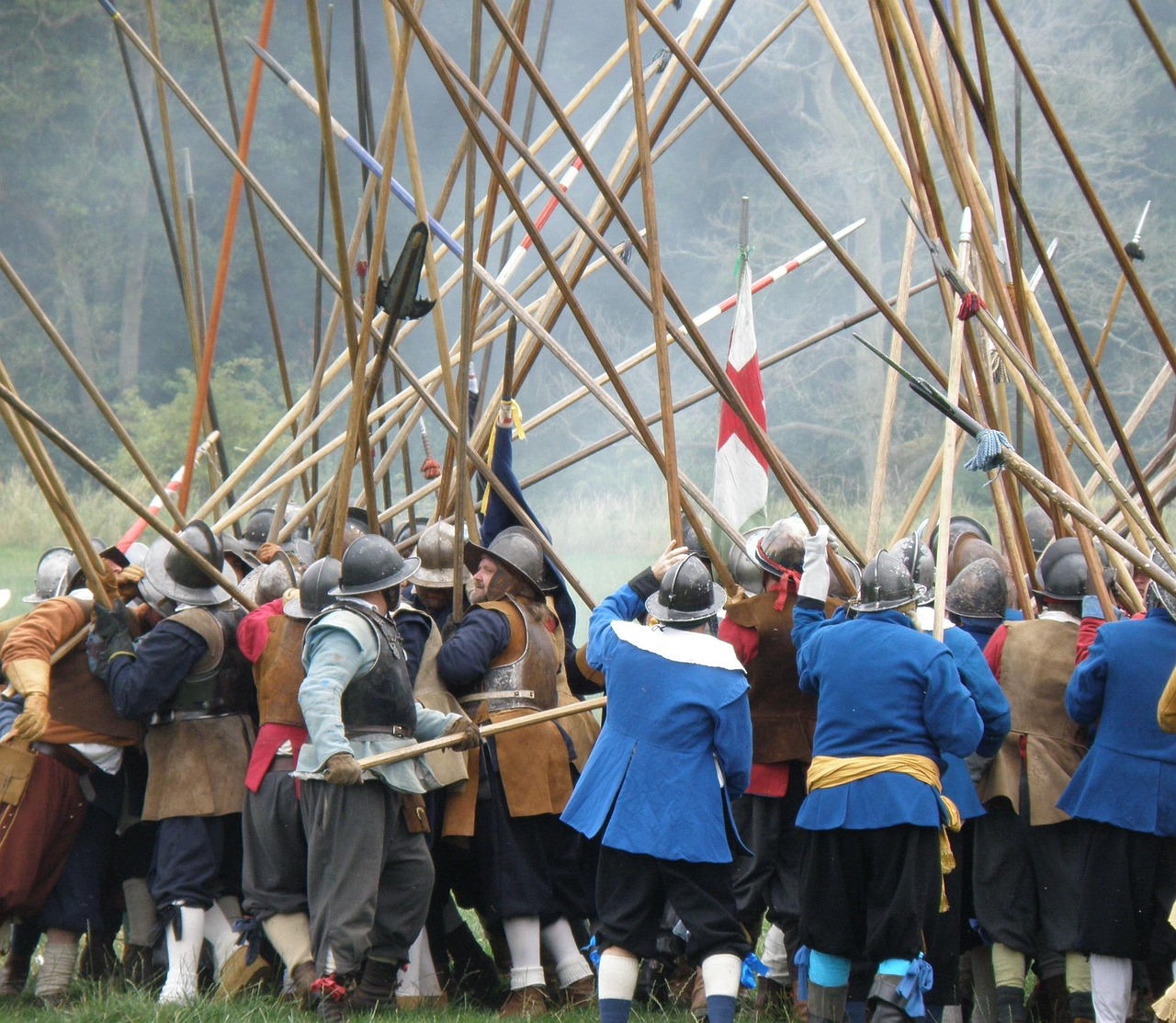
The Whig Party sank to its death after the overwhelming electoral defeat by Franklin Pierce in the 1852 presidential election. Ex-Whigs joined the Know Nothing party or the newly formed, anti-slavery Republican Party. While the Know Nothing party was short-lived, Republicans would survive the intense politics leading up to the Civil War. The Republican Party was formed in 1854 in Ripon, Wisconsin, on the foundation of a strong antislavery platform. The newly-minted party brought together members of the Whig and Free-Soil Parties, many of whom wished to abolish slavery but thought their respective parties incapable of affecting the change needed.
The Republican Party quickly gained popularity in the North, with the party’s presidential candidate, John C. Fremont, winning 11 of the 16 Northern states in the 1856 election. Meanwhile, the slavery-reliant Southern states threatened secession if a Republican were to ascend to the Presidency; when Republican candidate Abraham Lincoln did just that in 1860, a number of Southern states made good on their threat to secede, setting the stage for the American Civil War.
Civil War and Reconstruction: The Great Political Divide
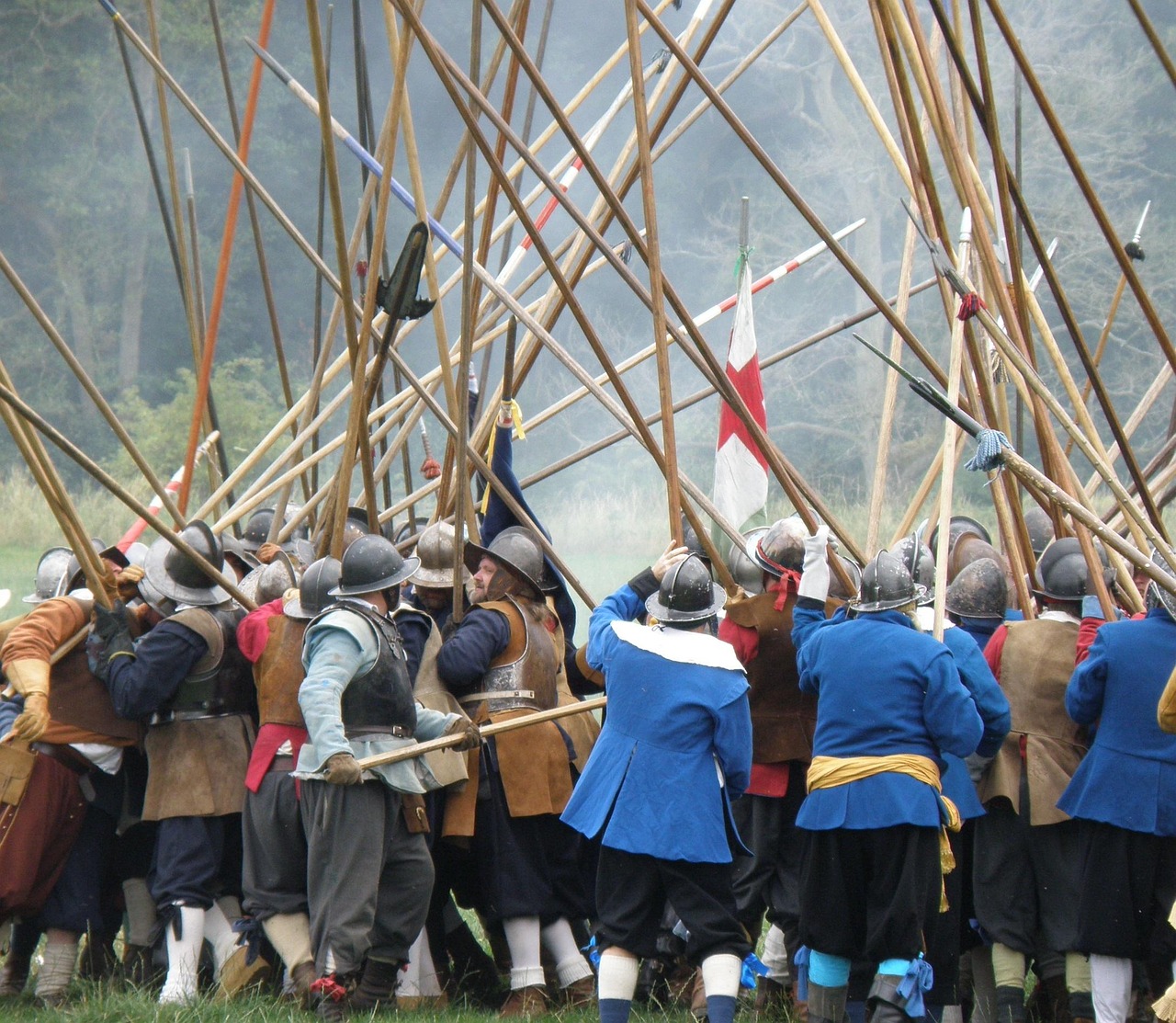
During the Civil War, Northern Democrats divided into two factions: the War Democrats, who supported the military policies of Republican President Lincoln; and the Copperheads, who strongly opposed them. Following the 1864 elections, Radical Republicans led by Charles Sumner in the Senate and Thaddeus Stevens in the House set the agenda by demanding more aggressive action against slavery and more vengeance toward the Confederates. Under Republican congressional leadership, the Thirteenth Amendment to the United States Constitution—which banned slavery in the United States—passed the Senate.
As the war came to a close, the Republican Party controlled the government and used its power to protect formerly enslaved people and guarantee them civil rights. This included the three Reconstruction Amendments, which won Republicans the loyalty (and vote) of America’s Black population. The south was left to the white Democrats and their oppressive policies towards Black citizens after the Compromise of 1877 ended Reconstruction.
The Gilded Age and Industrial America’s Political Realignment
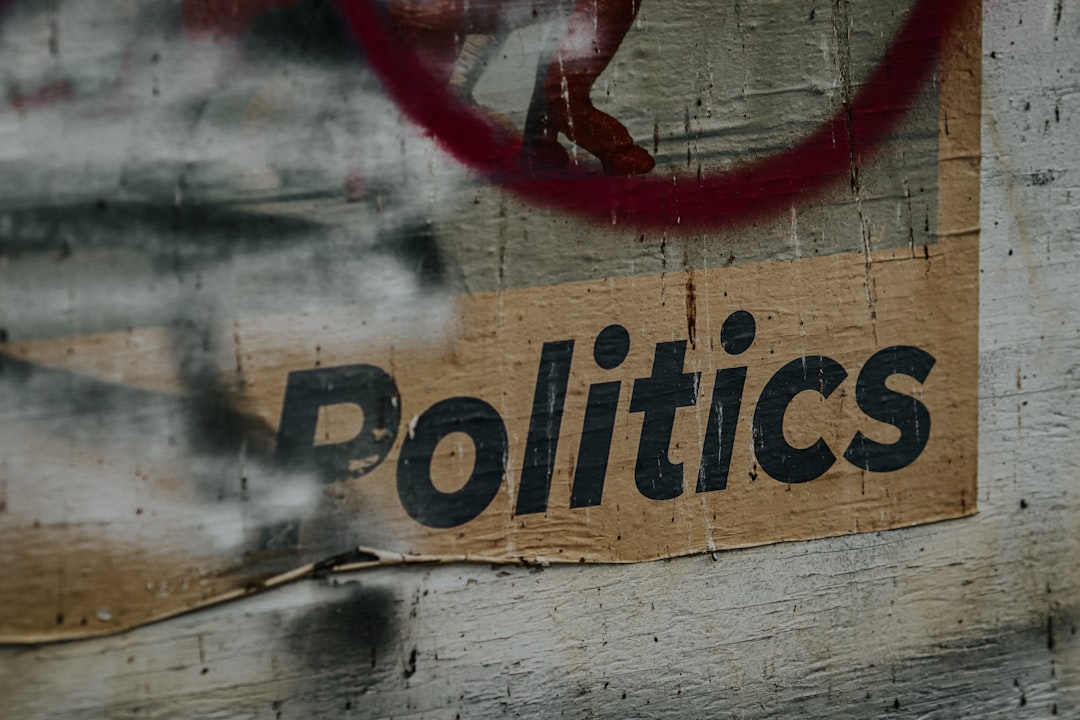
After the defeat of the Confederacy in the Civil War, the Republican Party became the dominant party in America for decades, associated with the successful military defense of the Union and often known as the “Grand Old Party” (GOP). The Republican coalition consisted of businessmen, shop owners, skilled craftsmen, clerks, and professionals who were attracted to the party’s modernization policies and newly enfranchised African Americans (freedmen). The massive industrialization of the country during the late 19th century transformed the economy of the United States, and politics changed in response.
The Democrats were known as “basically conservative and agrarian-oriented”, and like the Republicans, the Democrats were a broad-based voting coalition. Democratic support came from the Redeemers of the Jim Crow “Solid South” (i.e. solidly Democratic), where “repressive legislation and physical intimidation [were] designed to prevent newly enfranchised African Americans from voting”. For nearly a century after Reconstruction, the white South identified with the Democratic Party. The Democrats’ lock on power was so strong the region was called the Solid South, although the Republicans controlled parts of the Appalachian Mountains and they competed for statewide office in the border states.
The Great Depression and New Deal Revolution
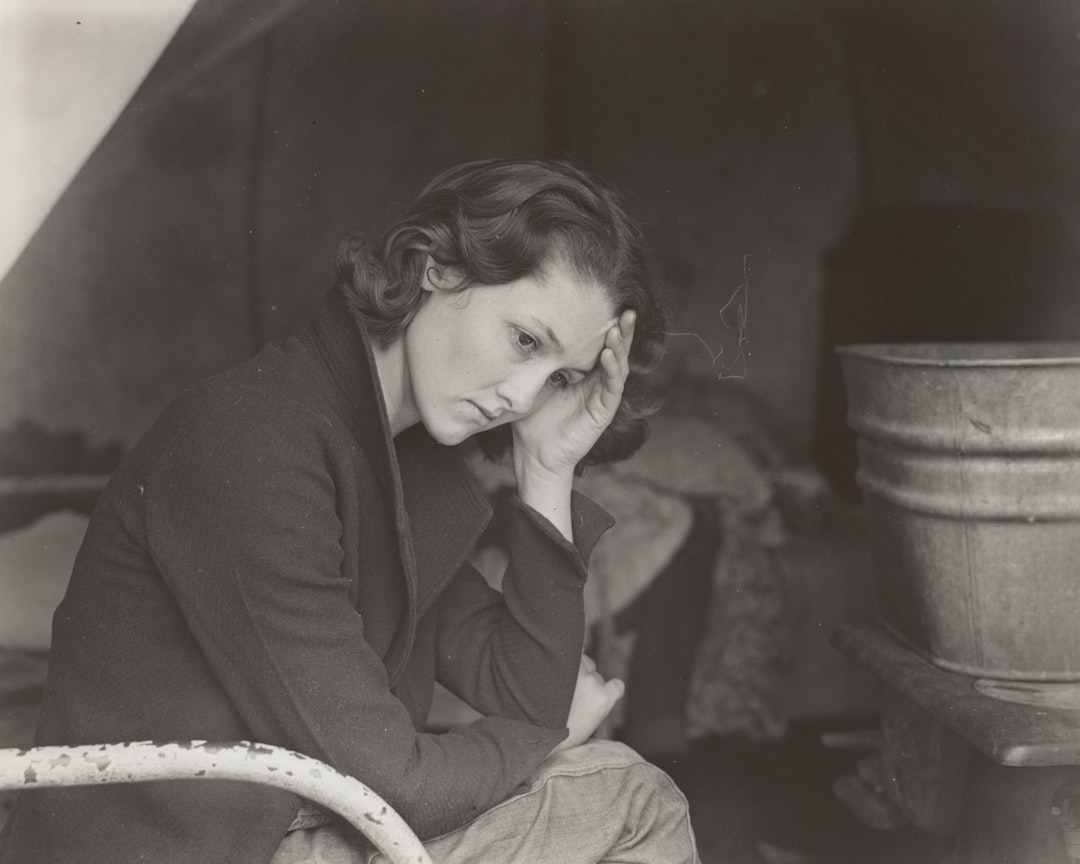
Almost 60 years later, the Great Depression became a catalyst for a massive political shake up. The Republican Party had continued to be dominated by wealthy businessmen, which meant that they had come to favor laissez-faire policies that supported big business. These policies were effective when the economy was booming, but were disastrous when it wasn’t. When the economy crashed in 1929, the Republican president, Herbert Hoover, opted not to intervene, earning him and his party the ire of the American public.
Franklin D. Roosevelt, a Democrat, sensed the need for change. He campaigned on a promise of government intervention, financial assistance, and concern for the welfare of the people. He won the 1932 election by a landslide. Many historians and analysts point to a gradual shift in political ideology between Lincoln’s presidency and the election of Democrat Franklin D. Roosevelt in 1936, with a three-time Democratic presidential candidate, William Jennings Bryan largely considered the pivot point. Circa 1896, Jennings Bryan took a decidedly Republican stance (at the time) in advocating for the expansion of the federal government; however, the reason he aimed to increase the scope of federal influence was to force the government to provide greater social services and protections to the common man.
The Civil Rights Era and the Great Party Switch
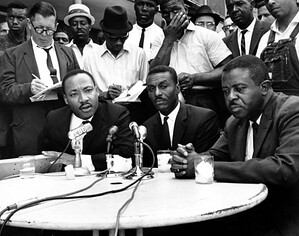
Race and equality began to return to the center of politics in the 1950s and 1960s. Race did not necessarily fall into a party viewpoint at this point; instead, it was more of a regional issue. Southern Democrats and Republicans both opposed the early Civil Rights Movement, while Northern Democrats and Republicans began to support legislation as the movement picked up steam. In 1964, Democratic president Lyndon B. Johnson signed the Civil Rights Act into law. In the 1964 election, Republican candidate Barry Goldwater publicly opposed the new law, arguing that it expanded the power of the federal government to a dangerous level.
Civil rights legislation driven by Democratic President Lyndon B. Johnson, such as the Civil Rights Act of 1964 and Voting Rights Act of 1965, along with Barry Goldwater’s 1964 presidential campaign and later President Richard Nixon’s “Southern strategy”, began the breaking of white segregationist Solid South away from the Democratic Party and their migration towards the Republican Party. Southern white voters started voting for Republican presidential candidates in the 1950s, and Republican state and local candidates in the 1990s.
Modern Polarization and the Two-Party System

Since their creation in the 1800s, the two dominant parties have changed their ideologies and bases of support considerably, while maintaining their names. In the aftermath of the U.S. Civil War, the Democratic party was an agrarian, pro-states-rights, anti-civil rights, pro-easy money, anti-tariff, anti-bank coalition of Jim Crow Solid South and Western small farmers. Budding labor unions and Catholic immigrants were the primary participants in the Democratic party of the time. By the start of the 21st-century, the Democratic party had shifted to become a left-wing party, disproportionately composed of women, LGBT people, union members, and urban, educated, younger, non-white voters.
Education and partisanship: The share of voters with a four-year bachelor’s degree keeps increasing, reaching 40% in 2023. And the gap in partisanship between voters with and without a college degree continues to grow, especially among White voters. More than six-in-ten White voters who do not have a four-year degree (63%) associate with the Republican Party, which is up substantially over the past 15 years. Beyond the gender gap: By a modest margin, women voters continue to align with the Democratic Party (by 51% to 44%), while nearly the reverse is true among men (52% align with the Republican Party, 46% with the Democratic Party). The gender gap is about as wide among married men and women.
Contemporary Challenges and Third Party Movements
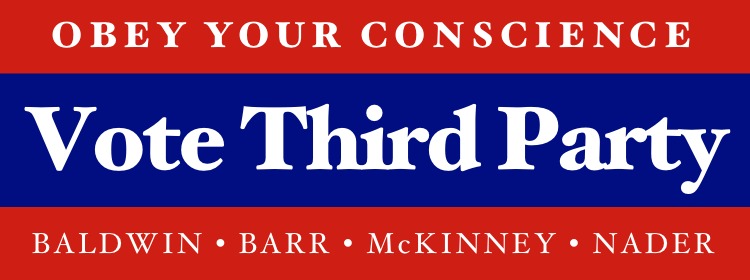
In 2025, billionaire entrepreneur Elon Musk announced the formation of a new political party in the United States, named the America Party, amid rising tensions with then President Donald Trump. The launch followed Musk’s public criticism of the “One, Big, Beautiful Bill,” a multi-trillion dollar tax and spending package signed by Trump, which Musk labeled “fiscally irresponsible.” Musk announced the party via his social media platform X, citing an online poll in which over 65% of respondents supported the idea. The America Party positions itself around themes of limited government, fiscal conservatism, and technocratic reform, reflecting Musk’s ongoing involvement in U.S. public discourse.
The Vermont Progressive Party is a political party that is active in Vermont and is the third largest party in the state, behind the Democratic and Republican parties. Despite operating only in one state, the Vermont Progressives, as of November 2024, have managed to have more of its candidates elected as state legislators than all other third parties in the United States. By this standard, the Progressives are the third largest party in the United States, not just in Vermont. However, 2022 saw a shift in party identification, followed by 2023, with 43 percent of survey respondents leaning toward the Democratic Party, compared to 45 percent for the Republican Party.
The Future of American Political Parties
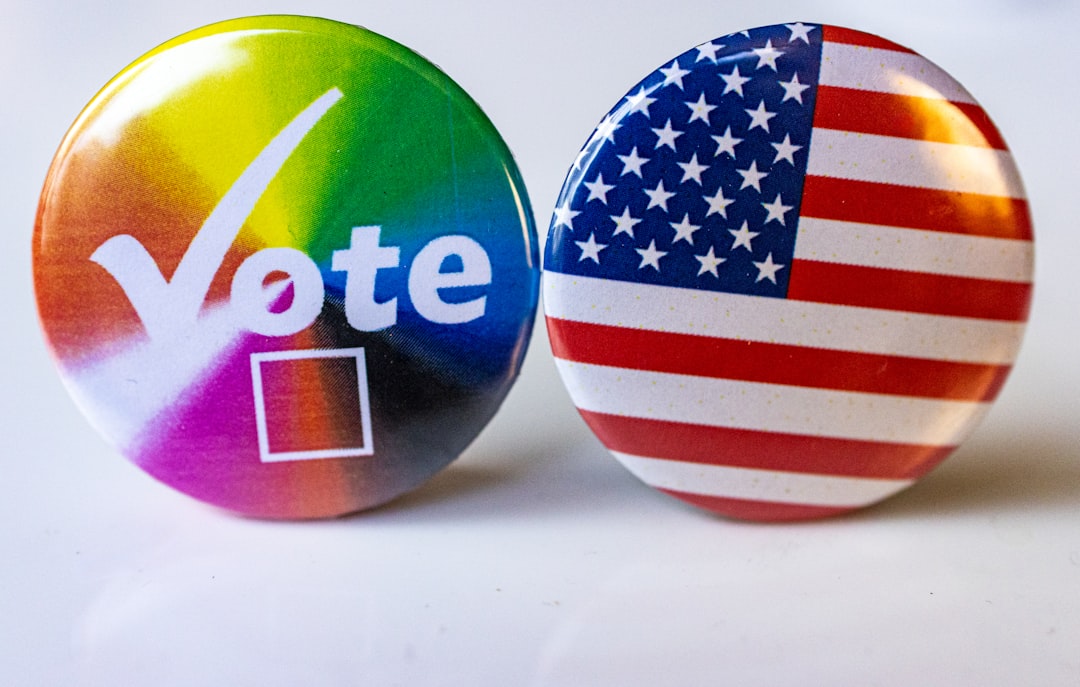
A number of factors have led to political parties getting weaker. Stanford political scientist Didi Kuo explains why and what implications this could have for 2024 and beyond. Kuo sees several factors that have led to political parties’ waning support among the American public, including reforms made in the early 1970s. Until then, political parties used to have more power in selecting the party nomination for presidency. But after Hubert Humphrey secured the Democratic Party nomination in 1968 for president of the United States without ever taking part in any of the country’s primary races, changes to the presidential nomination process were made to give voters more power in deciding who will represent the party at the general election.
Another issue Kuo is paying attention to is the rise of populist, extremist candidates, a trend occurring both in the U.S. and across the globe. Kuo, alongside her colleagues at FSI, have examined how after the financial crisis of 2008, an increasing number of voters on both the left and right have become frustrated – aggrieved, even – by their democratic and economic institutions. “One of the things people were turning toward were populist candidates who claimed that the entire system was rigged,” Kuo said. While Americans’ overall ideology held steady in 2024, the shares of Republicans identifying as conservative and Democrats as liberal saw new highs. Americans’ political party preferences remain closely divided, with Republicans having a slight edge in party ID and leaning for the third consecutive year. Americans predict a somewhat challenging 2025, marked by political conflict, economic difficulty, and rising power for China and Russia.
The evolution of American political parties reflects the nation’s ongoing struggle to balance individual liberty with collective governance, federalism with centralized power, and tradition with progress. From the philosophical debates between Hamilton and Jefferson to today’s polarized landscape, these parties continue to shape American democracy’s future trajectory. What new challenges will reshape these centuries-old institutions in the years ahead?

